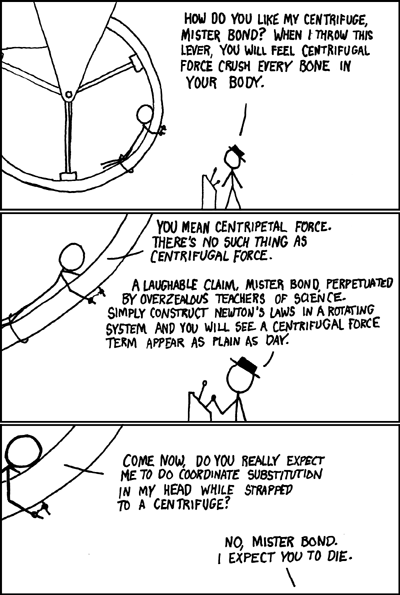CERN
Contents
AP Physics C Particles Project Wiki Page for [CERN]
So here is something entirely irrelevant.


CERN, the European Organization for Nuclear Research, is one of the world’s largest and most respected centres for scientific research. Its business is fundamental physics, finding out what the Universe is made of and how it works. At CERN, the world’s largest and most complex scientific instruments are used to study the basic constituents of matter — the fundamental particles. By studying what happens when these particles collide, physicists learn about the laws of Nature.
The instruments used at CERN are particle accelerators and detectors. Accelerators boost beams of particles to high energies before they are made to collide with each other or with stationary targets. Detectors observe and record the results of these collisions.
Founded in 1954, the CERN Laboratory sits astride the Franco–Swiss border near Geneva. It was one of Europe’s first joint ventures and now has 20 Member States.
Team members
Task list
- Homework reading assignments
- Particle Adventure Readings:
- What is fundamental
- What is the world made of
- What holds it together
- How do we know any of this?
- How do we experiment with tiny particles?
- Any other parts you find interesting
- Basic experiments
- Particle Fireworks
- Table of Elementary Particles
- Generations of Elementary Particles
- Play with elementary particles
- Particle Adventure Readings:
- Homework questions
- Notes from the lab at CERN
- Presentations
- Labs
- Radioactive decay Save this file to your local computer and run it from there, not from network! See lab writeup for details.
- Bubble chamber with tracks: Follow instructions at Bubble Chamber
- Collisions in 3D with the BaBar detector If you need to refer to the relativity material, work through all pages. If you want to skip this review, click ‘Display Index’ in the upper right corner of the screen and start with ‘Why bother with particle physics?’ Be sure you look at the detector display from a variety of angles and zooms and vary the magnetic field. Observe the effect of the field on each type of particle. Continue until you have found the K0 lifetime and worked at least 5 event pictures from the 25 listed. Then complete the histogram activity.
- OnScreen Particle Physics
- Group Projects
Z Boson Summary
We took the data of the events and worked out the momentum of the two particles in all 3 dimensions. Then using this calculated momentum we found the value of the missing momentum by conservation of momentum that represents the neutral particle that was produced in the event. Then after taking the sum of the magnitudes of all of these momenta we calculated the Total energy of the event which is equivalent to the mass of the Z Boson when units are changed because of E=mc^2. Then we created a Histogram of the data allowing us to see the distribution of the data more clearly.
K0 Data and Histogram
This data is an excel Spreadsheet
Data
Radioactive Lab results
You can move this to a separate page
- Half Lifes
- 13.33
- 12.73
- 13.18
- 12.96
- 13.41
- 13.54
- 12.33
- 13.48
- 12.65
- 13.51
- 13.08
- 13.64
- 13.32
- 13.58
- 12.96
- 13.38
- 13.79
- 13.89

X Axis Label: Half Lives(Steps) Bin Size .2
The X axis represents the experimentally calculated half-lives in steps. The bins start from 12.33. The average calculated value is 13.264. The standard deviation is .401085.
The x axis must indicate that it is half life in steps and be labeled accordingly I would add that directly to the graph but I had to upload that image to Wikipedia and the copy it over cause I could not add it as a table. So I cannot edit it so is it ok if just add this above^.
Resources
The Nobel Prize website [1] is a valuable historical reference (probably because lots of the people who did this work won them). For a detailed look at high energy experiments, see FermiLab's exhibit [2]. General information and links are on the course website, [3]. Books (yes, actual books) are on reserve for your use in the SJS library. See especially [4]. [5]
- ↑ Nobel Prizes
- ↑ Search for the Building Blocks
- ↑ AP Physics C1 website Particle Physics page
- ↑ Lederman, chapter 6
- ↑ Lots of links
Questions? Send email to the Science Federation Be sure to replace the letters AT with @ in your email.